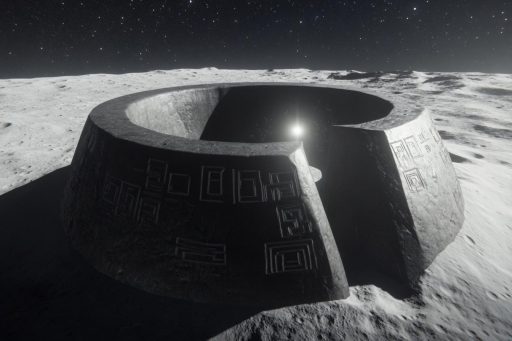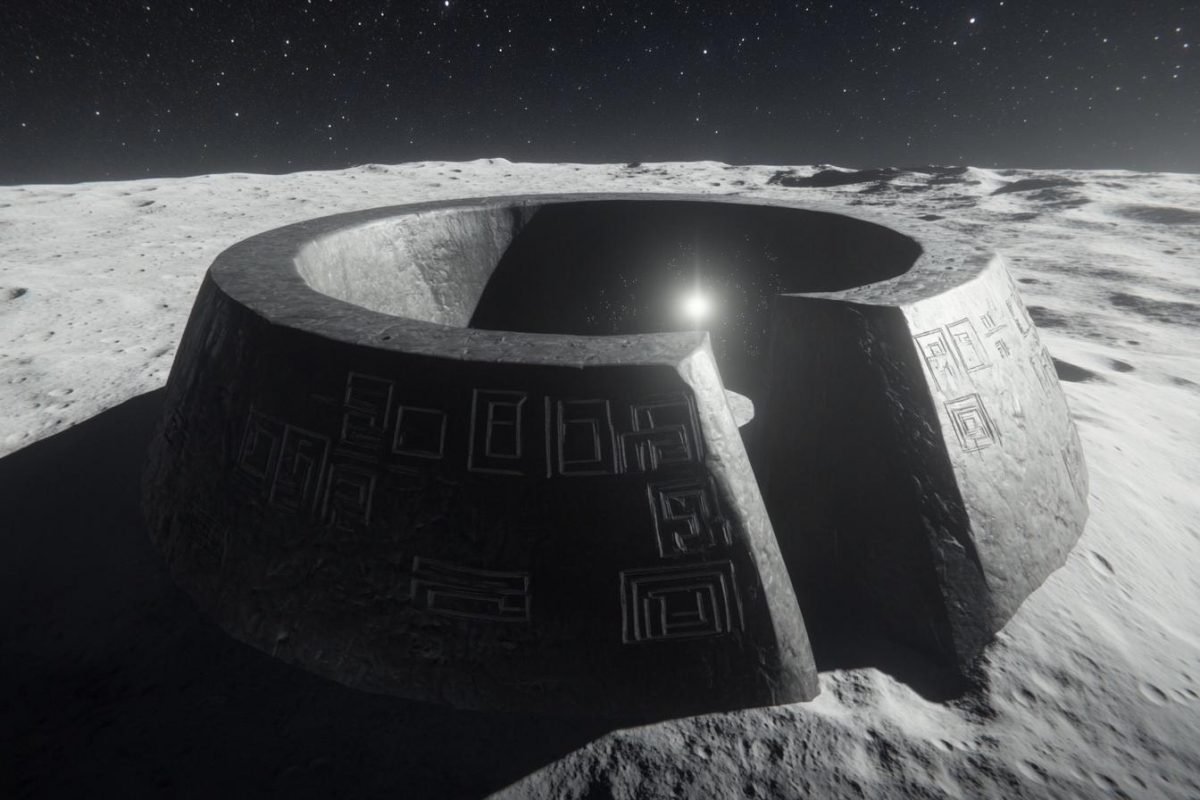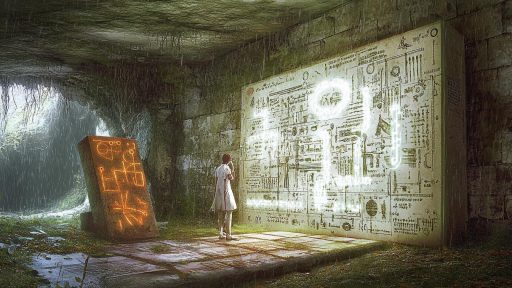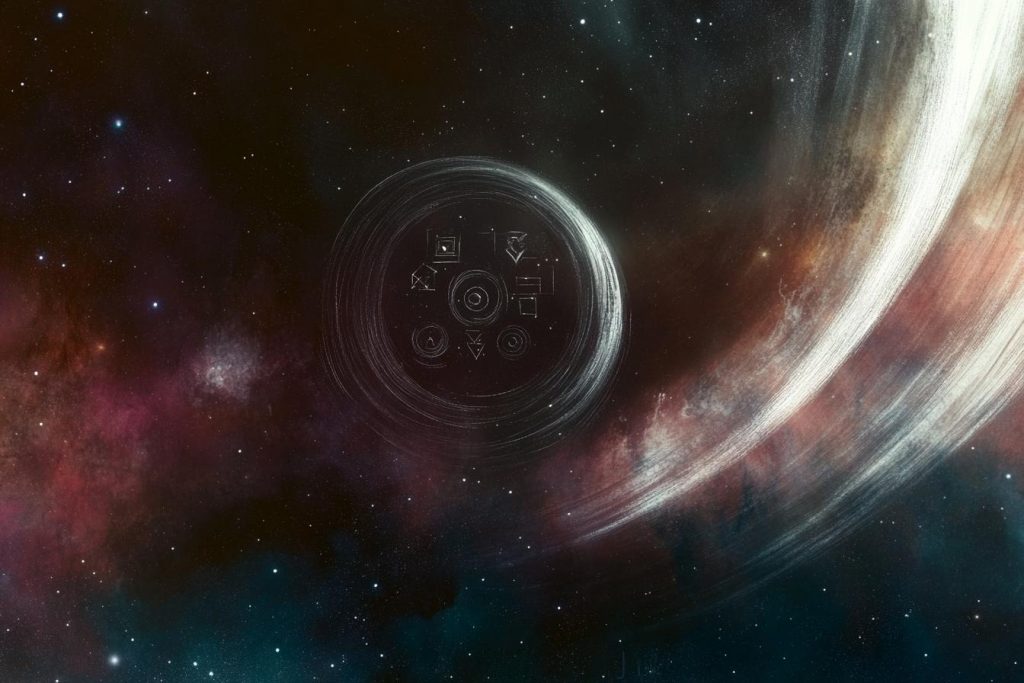
The cosmos has always held its secrets close, burying its most astonishing truths in the cold vacuum of space, hidden behind light-years of silence and mystery. But as our eyes, telescopes, and rovers probe deeper, revelations once thought impossible are now emerging from the cosmic shadows. From relics of ancient galactic collisions to unexpected traces of life, space is finally beginning to talk. What it’s revealing is far more bizarre—and thrilling—than we ever imagined.
Ancient Galaxies That Shouldn’t Exist
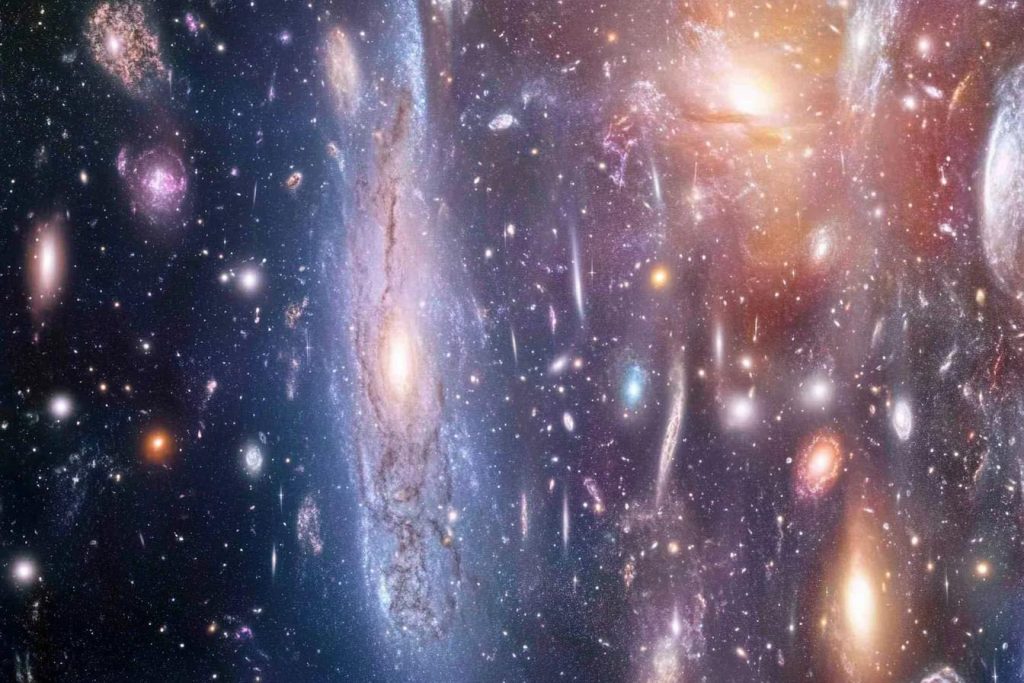
Astronomers were stunned to find fully formed galaxies appearing just a few hundred million years after the Big Bang—far earlier than current models predicted. These massive structures challenge everything we thought we knew about how the universe evolved. It’s as if the cosmic timeline was warped, or something accelerated galaxy formation in ways we don’t yet understand. These discoveries suggest the early universe may have been far more complex than previously believed.
The Fossil Light of the First Stars
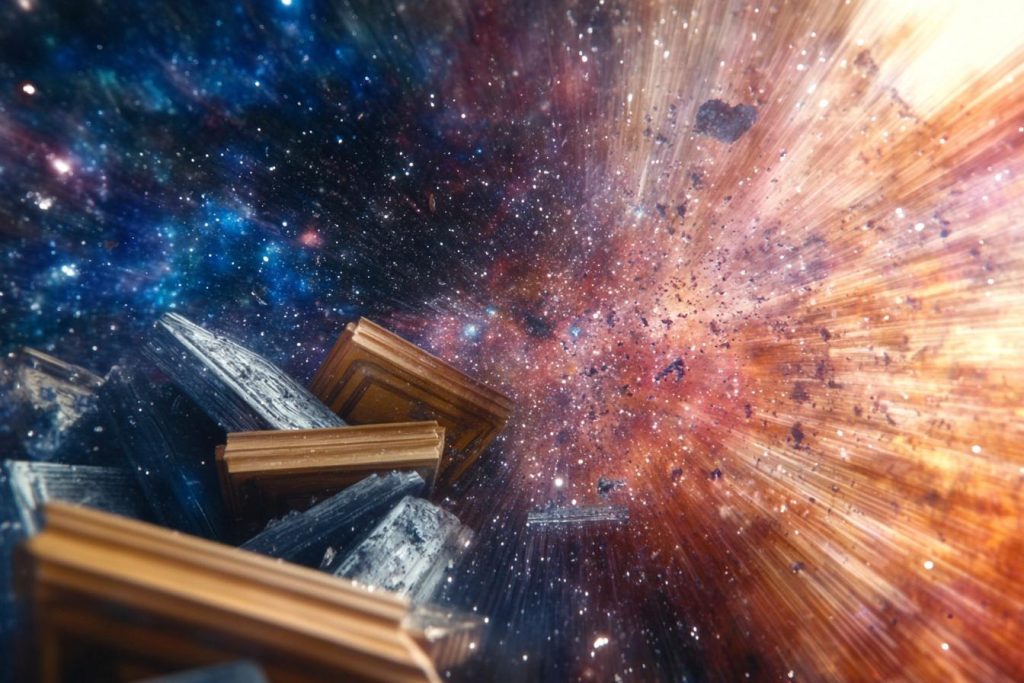
Deep space telescopes have begun capturing faint echoes of the universe’s first light—radiation from stars that burned out billions of years ago. This “fossil light” offers a glimpse into the universe’s childhood, preserving clues about its earliest moments. The patterns etched in this ancient glow are rewriting our understanding of how matter and energy behaved at the dawn of time. It’s like finding the universe’s birth certificate hidden in the dark.
Mysterious Structures in the Cosmic Web
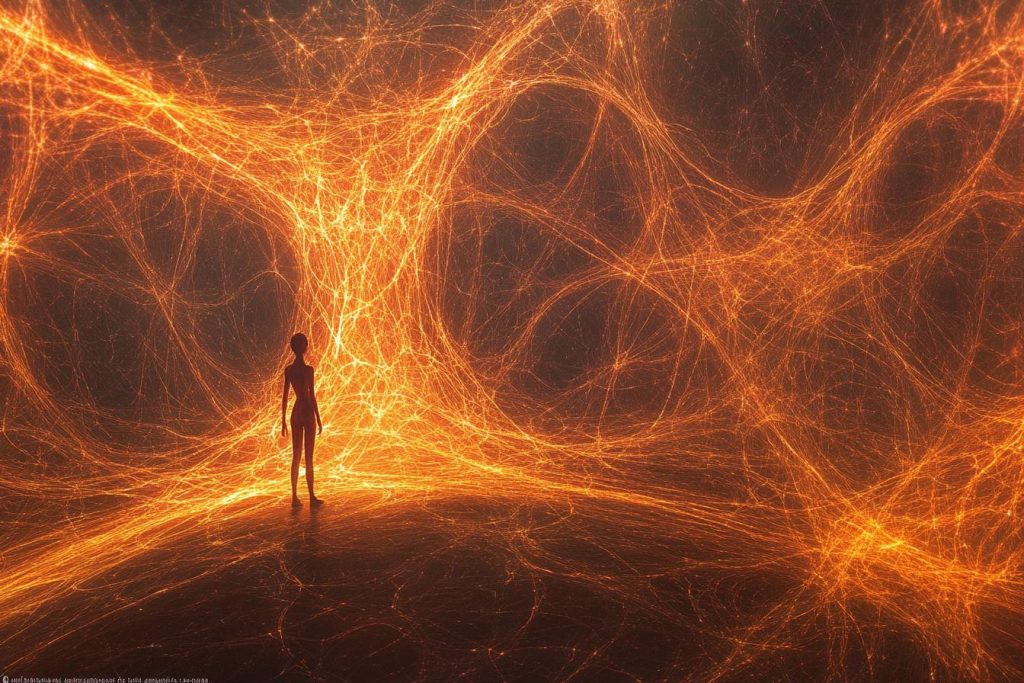
Stretching across the universe is a vast, invisible framework known as the cosmic web—an intergalactic lattice of dark matter and gas. Recently, astronomers uncovered massive, previously unseen structures in this web, some spanning billions of light-years. These filaments defy known laws of physics with their sheer scale and gravitational complexity. Whatever created them left behind a haunting footprint on the shape of everything that followed.
Hidden Oceans on Distant M
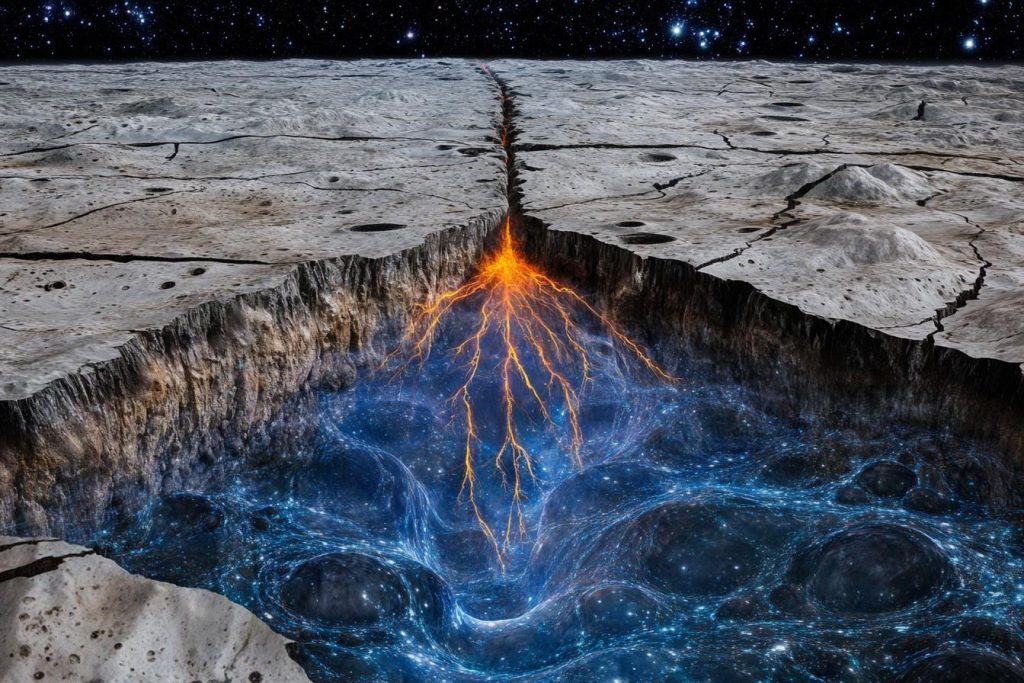
Beneath the frozen crusts of moons like Europa, Enceladus, and Titan lie vast, subsurface oceans. These watery worlds, once overlooked, are now top contenders in the search for alien life. Scientists believe hydrothermal vents in these hidden oceans could mimic the early conditions that spawned life on Earth. The secret seas of our solar system may be harboring the universe’s oldest residents.
The Ghost of an Ancient Supernova
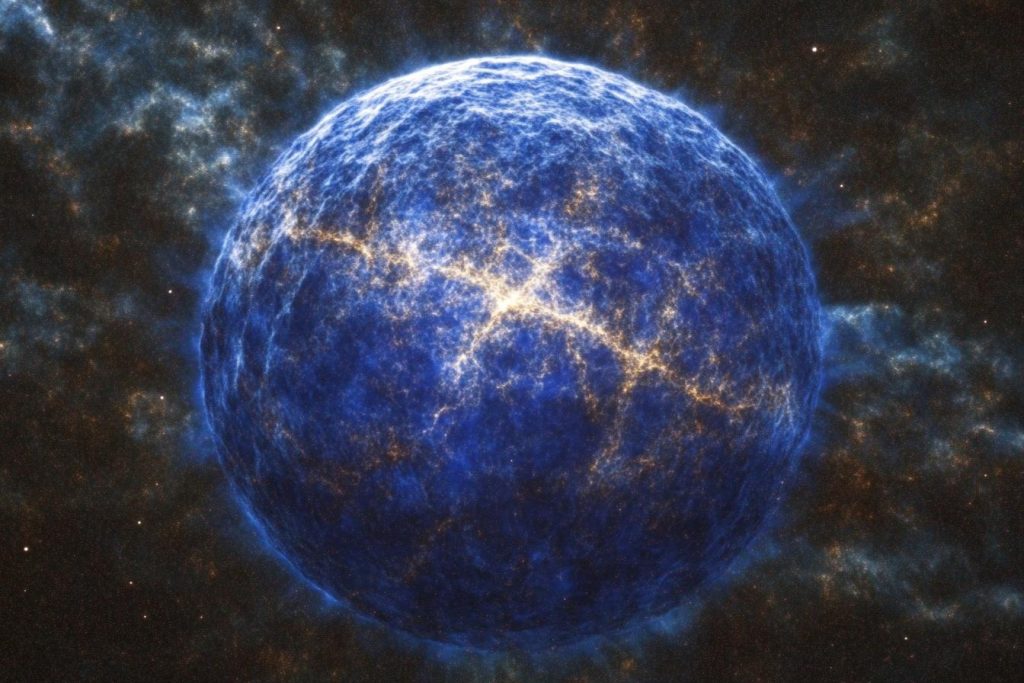
In the depths of space, astronomers discovered an eerie, spherical cloud that glows faintly with X-rays—a remnant of a supernova explosion that occurred millions of years ago. This ghostly relic helps scientists understand how stars die and how the elements of life are scattered across the universe. Yet the shape and lingering energy of this particular remnant remain unexplained. It’s a celestial grave marker unlike any ever seen.
Strange Radio Signals from Deep Space
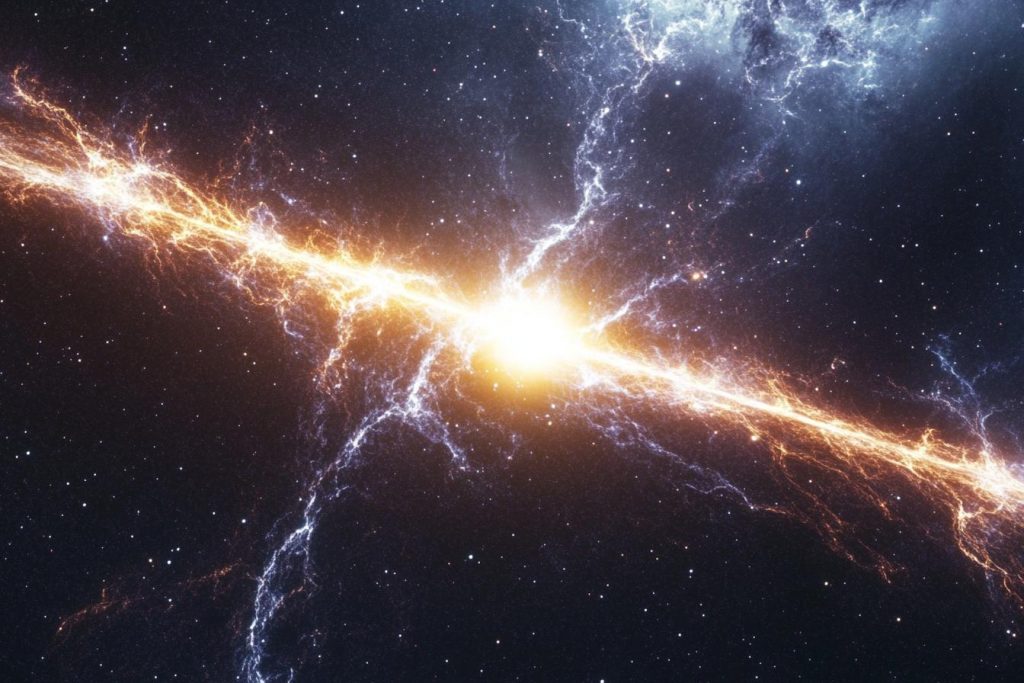
Puzzling bursts of energy known as Fast Radio Bursts (FRBs) have been detected from galaxies millions to billions of light-years away. Some repeat in mysterious patterns, others come from empty regions with no visible galaxies at all. The origin of these signals remains one of the most tantalizing cosmic riddles. Are they natural phenomena—or is someone, or something, trying to say hello?
A Black Hole That Shouldn’t Exist
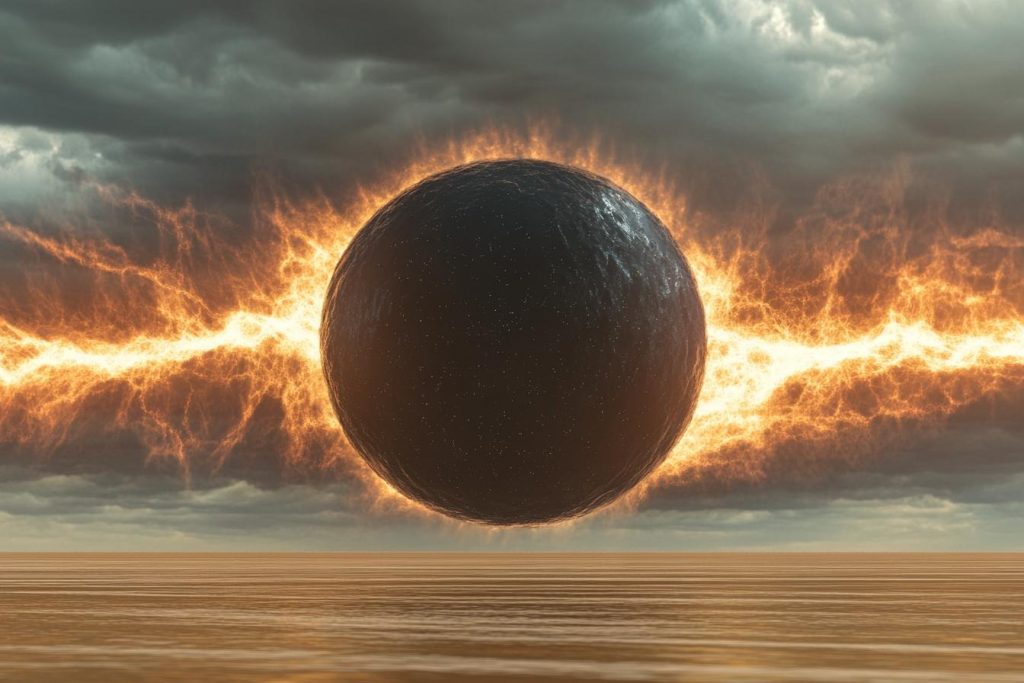
Astronomers were shocked to discover a black hole that defies conventional physics—it’s too big for its environment and formed too quickly after the Big Bang. Nicknamed the “impossible black hole,” it challenges existing theories of stellar death and matter collapse. Its presence implies either we don’t understand black holes as well as we thought, or the early universe was stranger than imagined. Either way, it’s a cosmic anomaly that refuses to stay buried.
Alien Minerals in Meteorites

Traces of never-before-seen minerals have been found in meteorites that crash-landed on Earth. These exotic compounds could only have formed in the extreme pressures and temperatures of space—possibly in dying stars or alien planets. Their unique properties might hold secrets about how solar systems form and evolve. It’s like receiving messages in a bottle from the farthest corners of the cosmos.
A Planet That Rains Glass
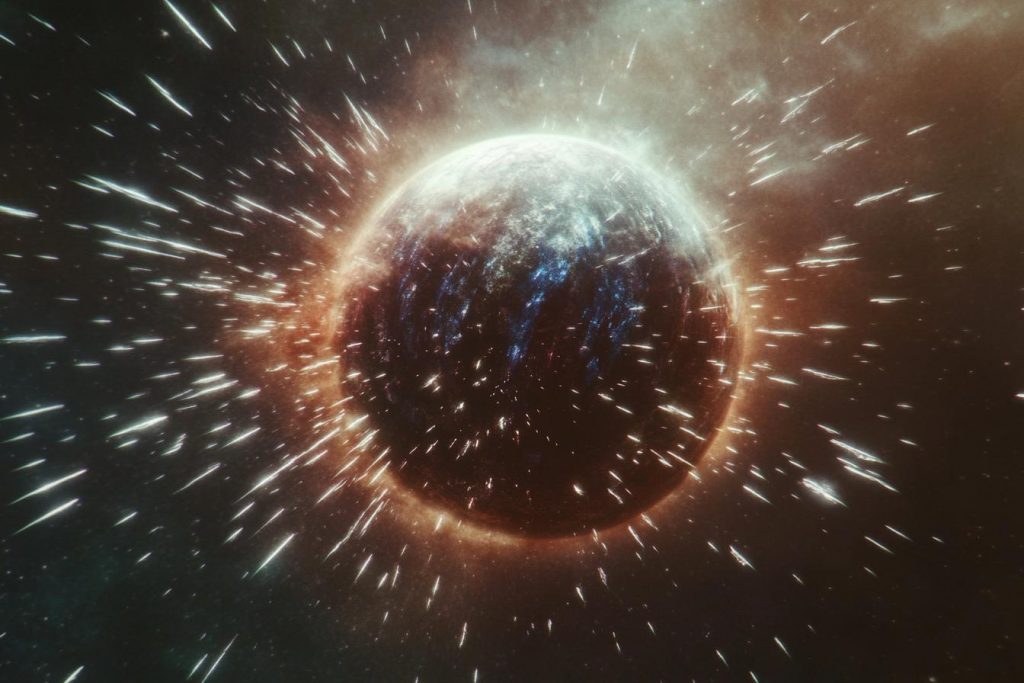
Orbiting a distant star, the exoplanet HD 189733b has winds of 5,000 mph and sideways rain made of molten glass. This hostile world shatters all notions of what alien planets can be like. Its sapphire-blue color, caused by scattering silicate particles in its atmosphere, hides a deadly beauty. It’s not just a scientific discovery—it’s a reminder that the universe builds things stranger than we could ever imagine.
The Dust Ring Around Our Solar System
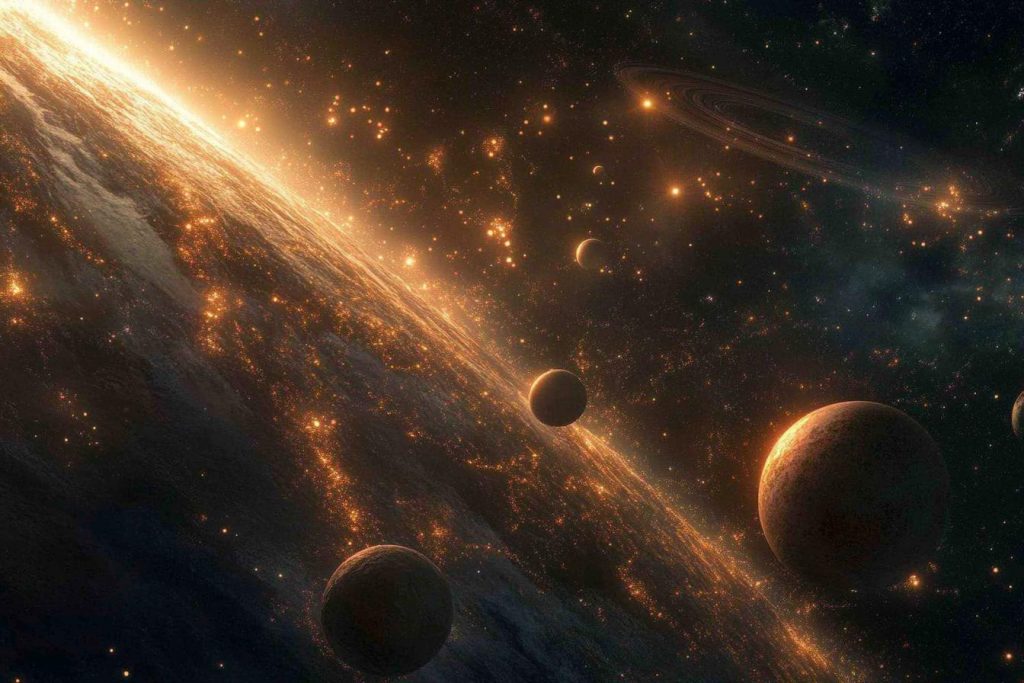
For years, scientists believed the space between planets was relatively empty, but recent findings suggest our solar system is surrounded by an enormous, diffuse ring of dust. This dust ring appears to come from outside the system—perhaps from ancient collisions or long-lost planetary bodies. Its discovery forces us to rethink the boundaries and origins of our own cosmic neighborhood. What else might be drifting just out of sight?
Signs of Ancient Marsquakes
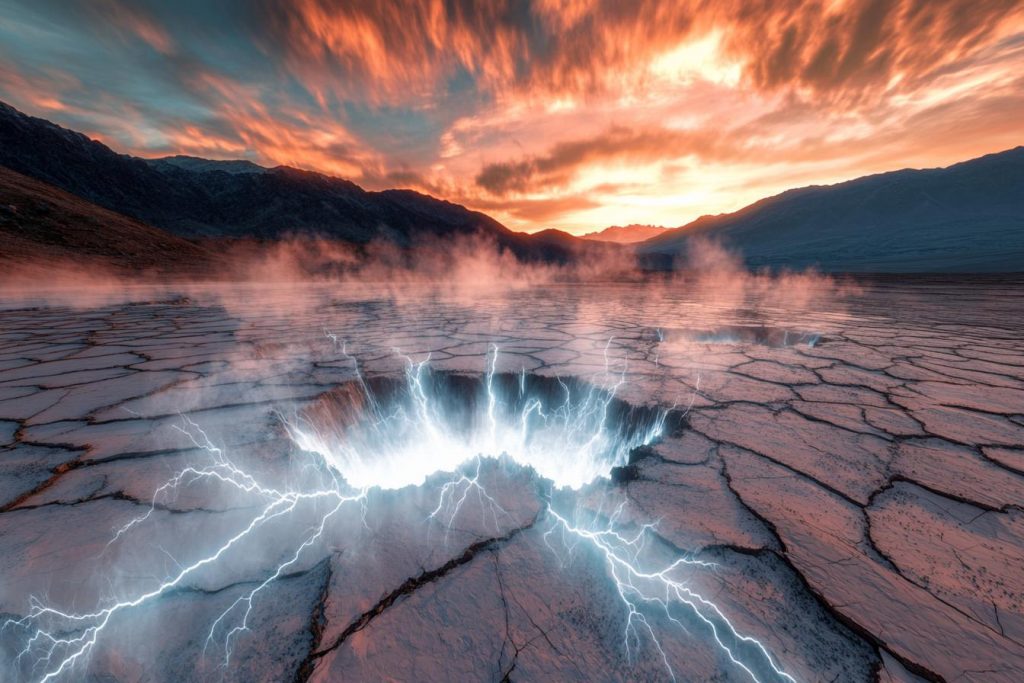
NASA’s InSight mission revealed that Mars isn’t dead after all—it quakes. These marsquakes, and the fractures they’ve left in the crust, hint at an active interior that may still be evolving. Buried beneath layers of red dust are tectonic stories that echo Earth’s own ancient past. Mars may be hiding a hot, restless heart under its cold, quiet surface.
The Secret Shadow of Planet Nine

Astronomers tracking the odd orbits of distant space objects believe an unknown planet may be lurking far beyond Pluto. Nicknamed Planet Nine, its gravitational fingerprints are visible even though the planet itself has yet to be directly observed. If confirmed, it could reshape our understanding of the solar system’s architecture. It’s a shadow at the edge of everything we know—a cosmic secret still resisting full discovery.
The Secret Chamber on the Moon
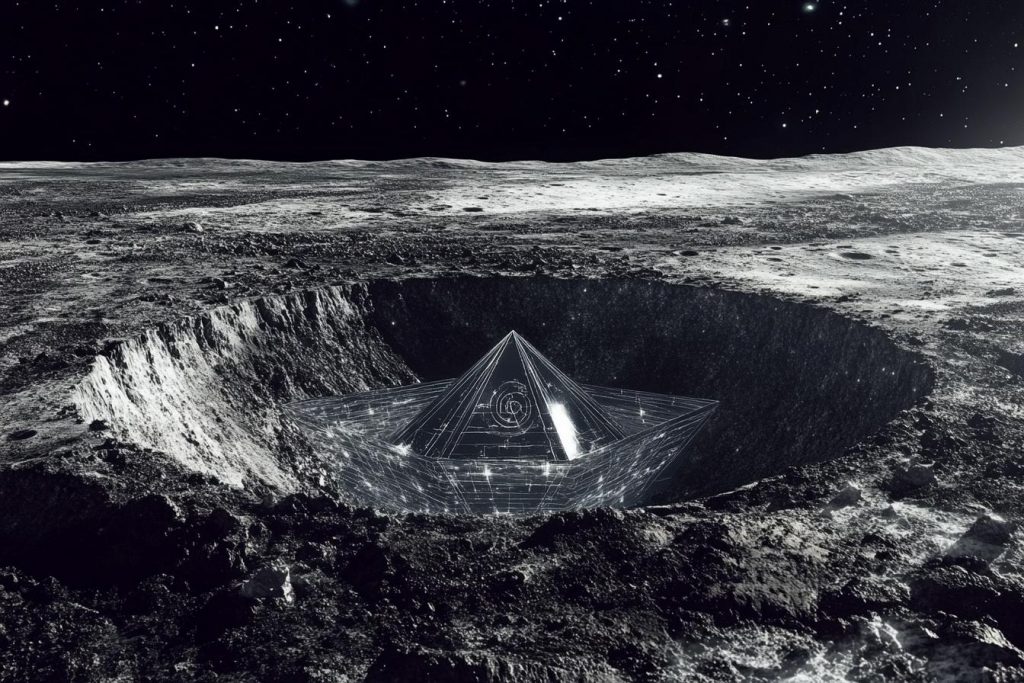
Tucked into the shadows of a crater on the Moon’s far side, a strange structure was captured in early satellite scans—one that doesn’t match any known geological formation. Some believe it’s a remnant of an ancient alien base, while others suggest it could be a relic of an undisclosed lunar mission. The chamber appears perfectly symmetrical, with materials reflecting light in unnatural ways. Official silence only fuels the mystery: what lies within this lunar vault?
Whispers from the Abyss Above

Space continues to offer more questions than answers, even as it reluctantly gives up its long-held secrets. Each new discovery adds another piece to a puzzle that may never be complete, yet draws us ever closer to truth. The more we uncover, the more we realize how much has been buried, hidden, or simply waiting for us to look up. Perhaps the cosmos was never silent—we just hadn’t learned how to listen.

